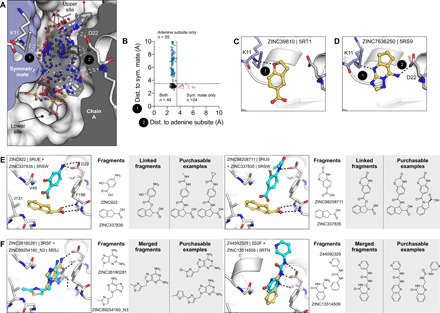Fig. 10. Fragments bridging multiple adenosine sites provide direct merging opportunities.

(A) Sliced view of the adenosine site (white surface and gray interior) and a symmetry mate (blue surface and interior) showing the deep pocket created by crystal packing in the P43 crystals. The 66 fragments that hydrogen bond with the Lys11 backbone nitrogen are shown as sticks. (B) Plot showing distances between the symmetry mate (Lys11-N) and the adenine subsite (Asp22-Oδ, Ile23-N, and Ala154-O) for all fragments identified in the adenosine site. Dotted lines show the 3.5-Å cutoff used to classify hydrogen bonds. (C) An example showing 1 of the 24 fragments that bound in the adenosine site, yet only formed a hydrogen bond with the symmetry mate. (D) An example of one of the fragments that bridged the 9- to 11-Å gap between the adenine subsite and the symmetry mate. (E and F) Opportunities for fragment linking and merging. Adjacent or overlapping fragments were initially merged into a single new compound. Examples of readily available make-on-demand compounds are shown.
